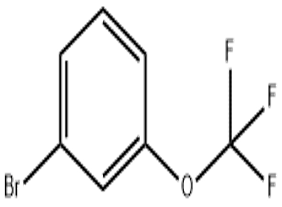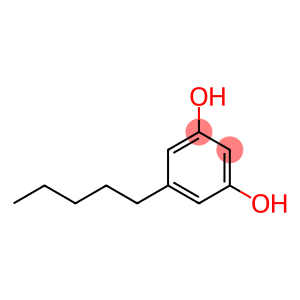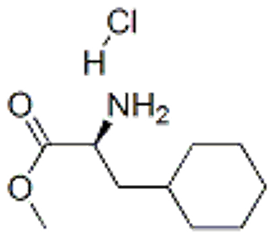(1S)-(-)-alpha-Pinene(CAS#7785-26-4)
| Risk Codes | R10 – Flammable R36/37/38 – Irritating to eyes, respiratory system and skin. R43 – May cause sensitization by skin contact R50 – Very Toxic to aquatic organisms R65 – Harmful: May cause lung damage if swallowed R51/53 – Toxic to aquatic organisms, may cause long-term adverse effects in the aquatic environment. R20/21/22 – Harmful by inhalation, in contact with skin and if swallowed. |
| Safety Description | S26 – In case of contact with eyes, rinse immediately with plenty of water and seek medical advice. S36/37 – Wear suitable protective clothing and gloves. S61 – Avoid release to the environment. Refer to special instructions / safety data sheets. S16 – Keep away from sources of ignition. S60 – This material and its container must be disposed of as hazardous waste. |
| UN IDs | UN 2368 3/PG 3 |
| WGK Germany | 1 |
| RTECS | DT 7000000 |
| FLUKA BRAND F CODES | 10 |
| TSCA | Yes |
| HS Code | 29021910 |
| Hazard Class | 3 |
| Packing Group | III |
Introduction
(1S)-(-)-α-pinene, also known as (-)-α-pinene or (-)-α-terpinene, is an organic compound that belongs to the terpene class.Properties: (-)-α-pinene is a colorless liquid with a special pine aroma. This compound is insoluble in water but soluble in organic solvents such as ethanol and ether.Uses: (-)-α-pinene has a wide range of uses. In the fragrance industry, it is used as an ingredient in fragrances to give products a rosin taste and is commonly found in soaps, shampoos, air fresheners, and more. It can also be used as an ingredient in insect repellents, insecticides, and softeners.Preparation method: There are several preparation methods for (-)-α-pinene, the most common method is extracted from natural plants. Conifers like pine, spruce, and cypress contain large amounts of (-)-α-pinene, which can be obtained by distilling the resin of these plants or extracting their leaves. It can also be prepared from synthetic precursors by chemical synthesis.Safety Information: (-)-α-pinene is relatively safe under general conditions of use, but still requires careful handling. It has low toxicity and generally has a higher lethal dose (LD50) to humans. In high concentrations, it can cause irritation to the respiratory system, eyes, and skin. Inhalation or contact with its highly concentrated form should be avoided when using it. Please store properly, away from open flames and high temperatures, and avoid contact with strong oxidants and acids.







